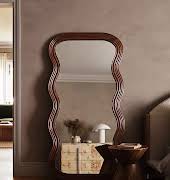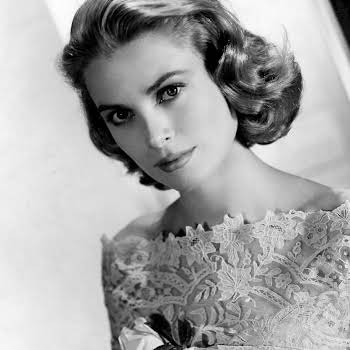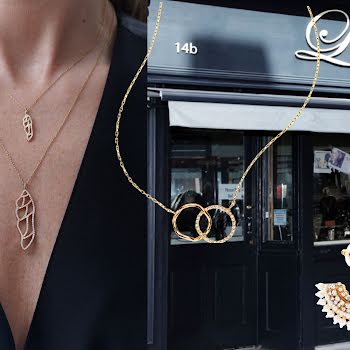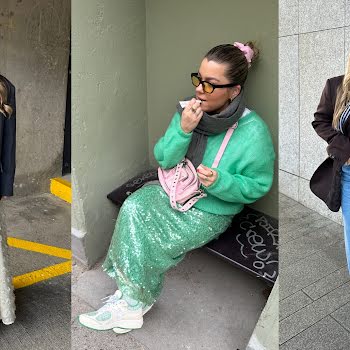
By IMAGE
04th Mar 2014
04th Mar 2014
Normcore is post-fashion, post-brand and has the potential to be one of the more subversive fashion movements of recent times. You may have heard of it and still not understand what the expression refers to. You know that it has something to do with Jerry Seinfeld maybe. You may have noticed it involves particularly white knee-high sports socks. Normcore escapes definition and is for this reason counter-cultural but also ridiculous.
It could be described as the drive to annihilate trend through the quest for neutrality. Levis 501s are a staple, as are large unbranded white sneakers and dark-coloured turtle-necks – enter stage left Jerry Seinfeld wearing the aforementioned socks. But apparently this new word in the fashion lexicon is not the organic result of observations, or a grassroots expression originating from ideas of non-commodification, but rather it was stumbled upon by the brilliant minds of The Cut at New York Magazine on a slow day when ideas were scarce. Or so legend has it.
Normcore is the perfect answer to postmodern times, a shrug of the shoulders to the generally uncontested trend-driven industry. It represents an answer to the increasingly branded look of the world around us, where the mere appearance and texture of something is synonymous with the company that designed and marketed it. It’s the milennials? response to an age of prefab culture, where ?punk? and ?new romantic? describe a stack of identical shirts in a high-street store, and not the ideas or music that defined them. It is a way of escaping from the clutches of advertorials, the blurred line between discriminatory taste and the hard numbers of advertising.
Its existence is undeniable. Forbes, The Sunday Times and Vogue all recently carried stories about normcore, the latter describing it as the desire for the ?utterly conventional? in a fashion landscape that prescribes difference and unexpected-eclectic fashion choices on a loop.
Casey Storm, the designer behind the costumes in Spike Jonze’s Her, set in a distant and believable future, described the choices in an interview with Vulture, as an attempt to imagine the future as one where ?absence? made fashion unique – ?we decided that it would be better to take things away rather than add them.? Denim, brands, and any retro looks were wiped clean out of the movie. The look in Her is normcore. It attempts to be, rather than to refer back to something or project a vision. And if normcore were to be the fashion of the future, we can’t say that we would mind. A white canvas is a liberating thing after all.
Roisin Agnew @Roxeenna






















